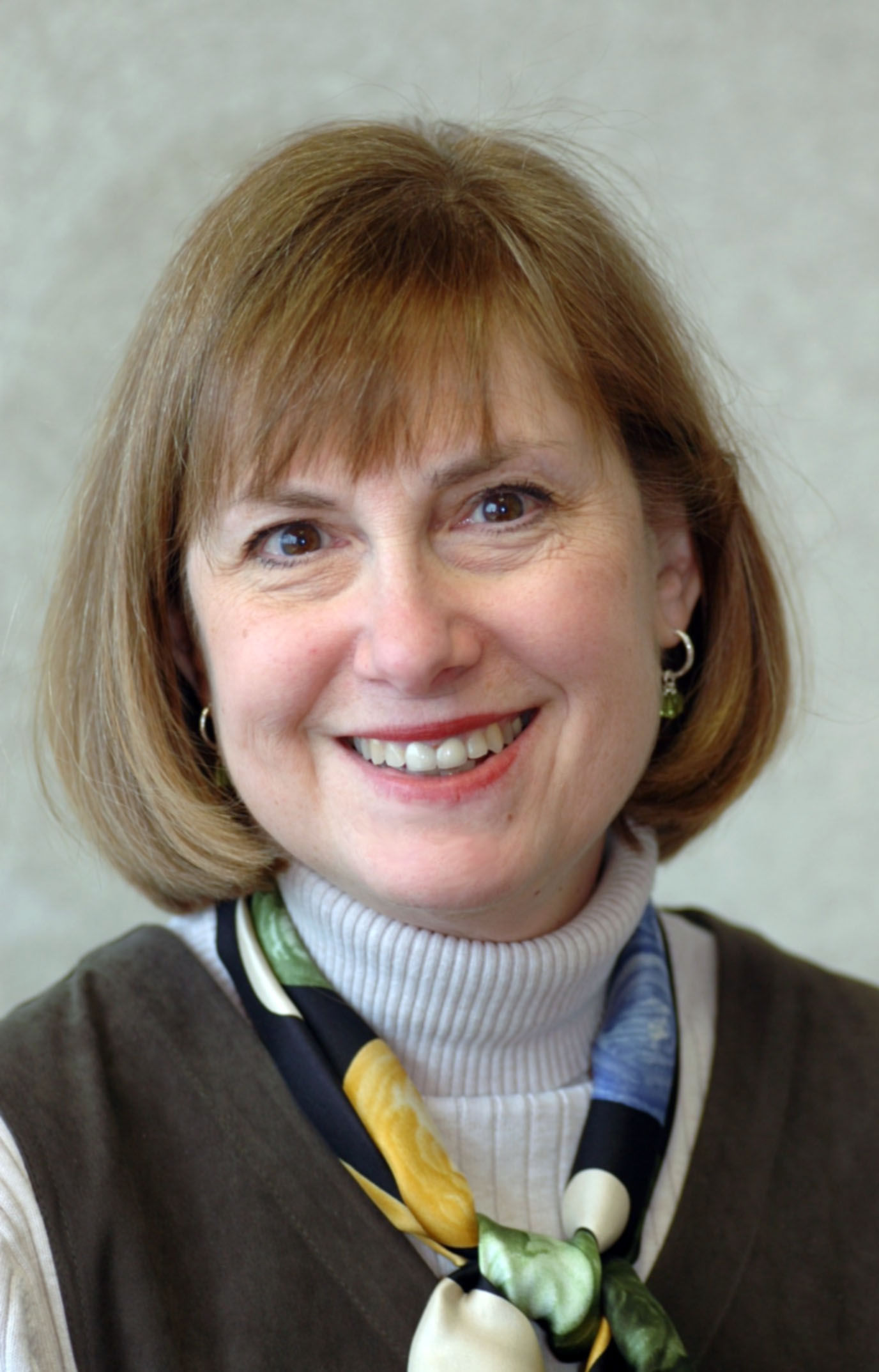Greg interviews Barbara Cimaglio, the Deputy Commissioner for the Vermont Department of Health. In 2012, Barbara and her department initiated the establishment of a “hub and spoke” model to address the growing opioid epidemic in their state. The model, referred to as the Care Alliance for Opioid Addiction, works to address the continuum of care for those suffering from substance abuse disorders.
Greg asks Barbara about how their “hub and spoke” model aims to solve the problem of limited treatment centers throughout Vermont. Barbara explains that once her department began researching possible solutions to their increasing opioid problem, they realized that they did not have enough specialized facilities to fully cover those who needed treatment. So they decided to set up regional, specialized addiction centers known as hubs, which would assess and provide medical treatment to substance abusers. These hubs would then branch out to spokes, which house primary care physicians for further care. “We established in five locations a center, which we call the hub. Then around those hubs we recruited additional spokes, which are basically primary care offices with some additional clinicians added. And together then, those formed a regional hub and spoke team. That network could both screen and assess a client or patient, they could develop a treatment plan, decide who was better to serve that person – whether they needed the hub services for more intensity and methadone… so if a client needed that level of care they’d go to a hub. And if they could be seen in a primary care setting, then they could be seen at one of the spokes.”
Listen to the podcast to discover how this model has worked to destigmatize addiction and better address, treat, and stabilize those affected by the opioid epidemic.





Leave A Comment